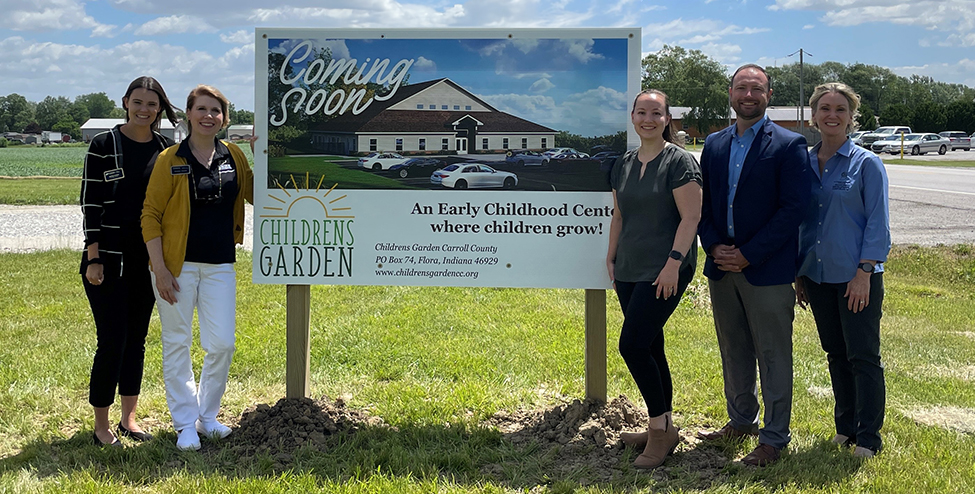Exploring Earnings and Educational Trends: A Deep Dive into Indiana’s Degrees by Discipline and Geography

Summary
Delve into Indiana's educational dynamics with insights from the ACS-5 Year, exploring median earnings and degree trends. Categorized into Arts, Humanities, and Other; Business; Education; and Science and Engineering, discover how these disciplines shape the educational and economic fabric across Indiana's 92 counties. Uncover intriguing shifts from 2013 to 2022, from Science and Engineering's dominance to evolving educational choices. Join us in deciphering these trends for a snapshot of Indiana's future workforce.
The American Community Survey 5-Year Estimates (ACS-5 Year) continues to expand its list of variables. In the latest iteration, the ACS 2018-2022 has added the variable “Median Earnings in the Past 12 Months (in 2022 Inflation-Adjusted Dollars) by Sex by Field of Bachelors’ Degree for First Major” for Americans age 25-64 with a Bachelor’s degree or higher. It can be simply called earnings by fields of degree. In this writeup, earnings by the fields of degree will be explored by both discipline and geography. Proving a bit more context of percentage of bachelor’s degree by category will showcase how different geographies have shifted from 2013-2022. Degrees will be grouped together for simplicity, and the geographies will include all 92 Indiana Counties.
To begin, it must be understood how degrees are categorized together. The ACS provides 34 different types of fields of degrees, in this analysis we will look at all 34 different types of degree grouped by major categories. The four major categories are: Arts, Humanities, and Other; Business; Education; and Science and Engineering.
| Science and Engineering | Arts, Humanities and Other |
| Computer Science | Communications |
| Engineering | English Language and Literature |
| Civil Engineering | Liberal Arts |
| Electrical Engineering | History |
| Mechanical Engineering | Fine Arts |
| Mathematics | Commercial Art and Graphic Design |
| Biology | Family and Consumer Sciences |
| Chemistry | Physical Fitness, Parks, Recreation, and Leisure |
| Psychology | Criminal Justice and Fire Protection |
| Economics | Social Work |
| Political Science | Other Degrees |
| Sociology | |
| Nursing | |
| Other Science and Engineering Degrees | |
| Business | Education |
| General Business | General Education |
| Accounting | Elementary Education |
| Business Management and Administration | Other Education Degrees |
| Marketing | |
| Finance | |
| Other Business Degrees |
In total for year 2022, Indiana had an adult population of 28.2% that had a bachelor’s degree or higher, with median earnings of $60,015. Using the dashboard below, statistics can be derived for each of the four major area for Indiana.
| Field of Degree | Mean | Median | Std Dev | Min | Max | Range |
|---|---|---|---|---|---|---|
| Science and Engineering | $73,654 | $72,996 | $11,743 | $38,966 | $107,768 | $68,801 |
| Business | $67,314 | $65,969 | $12,724 | $41,389 | $111,750 | $70,361 |
| Education | $53,253 | $51,688 | $7,170 | $38,654 | $88,973 | $50,319 |
| Arts, Humanities, and Other | $55,425 | $52,254 | $13,283 | $31,940 | $110,156 | $78,216 |
Science and Engineering has the highest mean and median, whereas Business (Clay County) has the highest max at $111,750. Arts, Humanities, and Other have the widest range of $78,216 (Pulaski County min $31.940 and Ohio County max $110,156). Each county will have a different set of statistics, some that will match this trend and others that will go in a different direction entirely.
In addition to viewing the 2022 earnings, the dashboard displays how different areas of degree have changed since 2013. In 2013, the largest category for Indiana is Science and Engineering at 41.3%, ten years later it is still the largest and continues to grow to 42.9%. The largest decline comes from the Education category. In 2013, Education accounted for 17.5% but in 2022 it is only 14.8%. Once again, each Indiana county will have a different set of trends, some will match the trends for Indiana and some may not.
In conclusion, the comprehensive insights derived from the ACS-5 Year underscore the dynamic landscape of educational attainment by disciplines and differences in earnings across Indiana. As we navigate the nuanced trends in degrees and geographic variations, it becomes evident that these statistics not only reflect the current state but also serve as invaluable predictors for the future. This wealth of information empowers policymakers, educators, and businesses to make informed decisions that positively impact both local communities and the nation at large. Moving forward, PCRD remains committed to leveraging the ACS-5 Year as a reliable tool for continued research and analysis. By staying attuned to these evolving patterns, we contribute to a deeper understanding of the factors shaping educational and economic landscapes.

Benjamin St. Germain is a GIS Analyst for the Purdue Center for Regional Development, joining the staff in 2015. Benjamin uses a variety of data... read more




